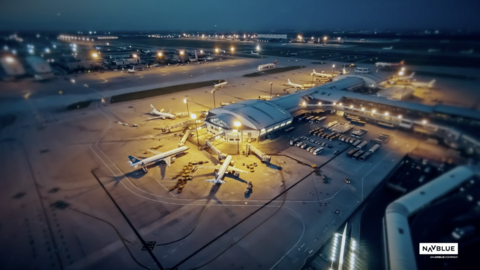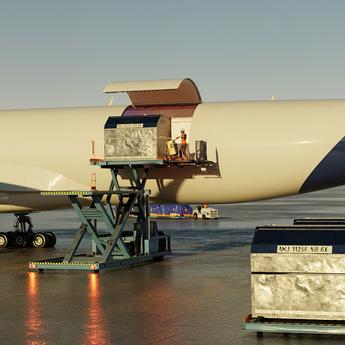EASA announced regulatory changes in March 2022, giving operators the option to carry less fuel with the main changes impacting the contingency fuel. The new rules will bring in three different fuel schemes:
- Basic fuel scheme,
- Fuel scheme with variations, and
- Individual fuel scheme
To be approved for the new schemes, the operator needs to fulfill certain criteria and demonstrate the implementation of procedures ranging from performance monitoring & measurement, safety risk management, qualification of personnel, reliable and accurate fuel data and plans for the resolution of any significant findings.
A baseline safety performance level needs to be established which is based on operator historical data and a set of safety performance indicators are required before (and after) implementation of individual fuel schemes.
NAVBLUE places safety and efficiency at the core of its strategy and has developed services and solutions to assist operators across these domains and all other flight operations sectors. In this context, NAVBLUE can assist operators to adopt and implement these changes by benefiting from the experience, knowledge and customer focus at the core of our competences which ensures aviation remains safe and sustainable.
In detail, all commercial flights need to file a flight plan and one of the reasons for such a flight plan is to determine the fuel quantity required to execute the flight.
Along with the fuel required to fly the specified route, various fuel quantities need to be specified and added to ensure the flight has enough fuel (in reserve) in case of unforeseen circumstances.
One such fuel quantity is the contingency fuel (often also called the en-route reserve fuel).
The European Aviation Safety Agency (EASA) defines the contingency fuel as “…the fuel required to compensate for unforeseen factors that could have an influence on the fuel consumption to the destination aerodrome”.
Historically, this contingency fuel has been defined as an amount of fuel based on a percentage of the trip fuel (the fuel required to execute the flight) or as a quantity based on a percentage of the trip time. Such definitions (based on percentage of trip fuel or trip time) are applicable to all flights regardless of the aircraft type, route flown, weather, airspace etc. and thus neglect the individual nature of each flight and the factors that can influence the flight.
Most flights may not experience the unforeseen factors for which the contingency fuel is added, and a very large percentage of flights will land with this quantity of fuel still remaining in the tanks however a quantity of fuel would have been burnt in carrying this fuel.
In addition, technological improvements, such as more precise information related to actual aircraft fuel consumption and improved knowledge of weather, airspace and traffic means that the unforeseen circumstances (that are compensated for by the contingency fuel) are better understood and effectively diminished.
The proposed new rules allow lower fuel loads, less burn and reduced emissions and NAVBLUE can assist operators to adopt and implement these changes.
Once implemented these rules permit operators to demonstrate repeatable improvements in flight efficiency without compromising safety.
Your media contacts
Contact us
Marie Deltort
Communications Manager - NAVBLUE




